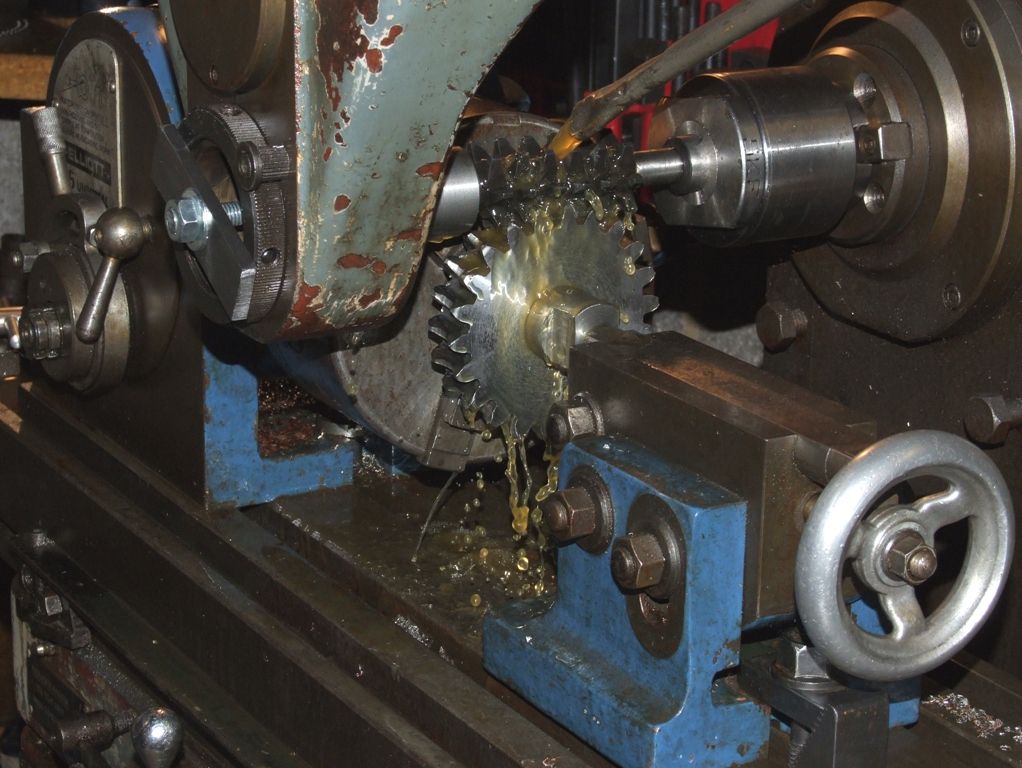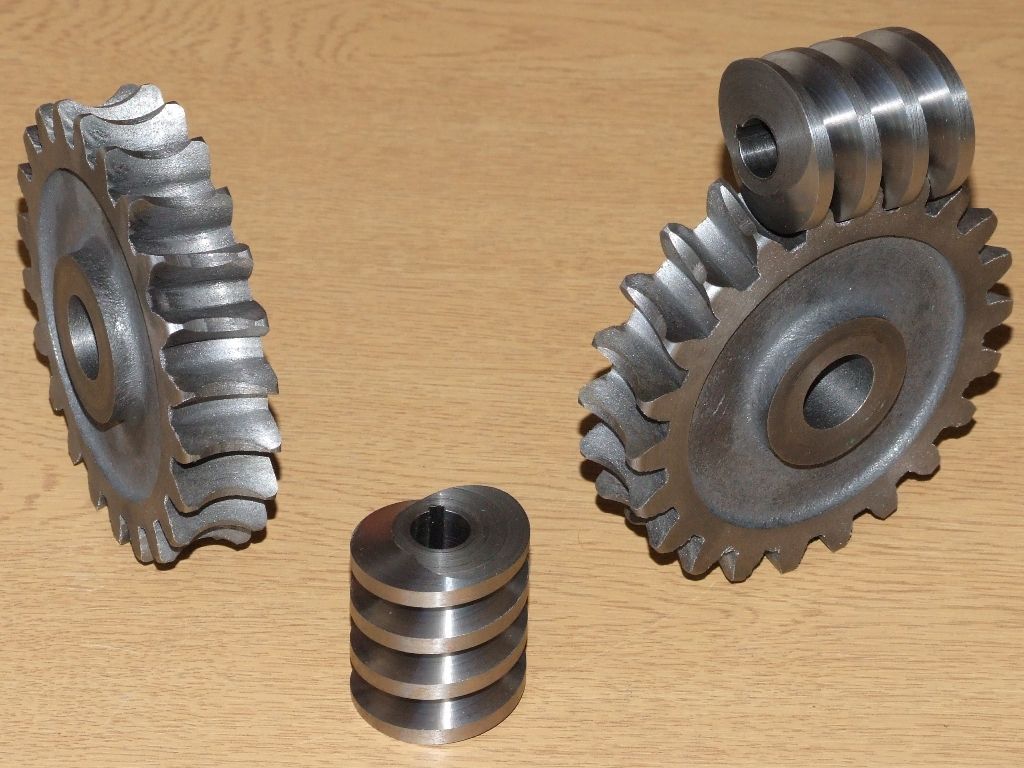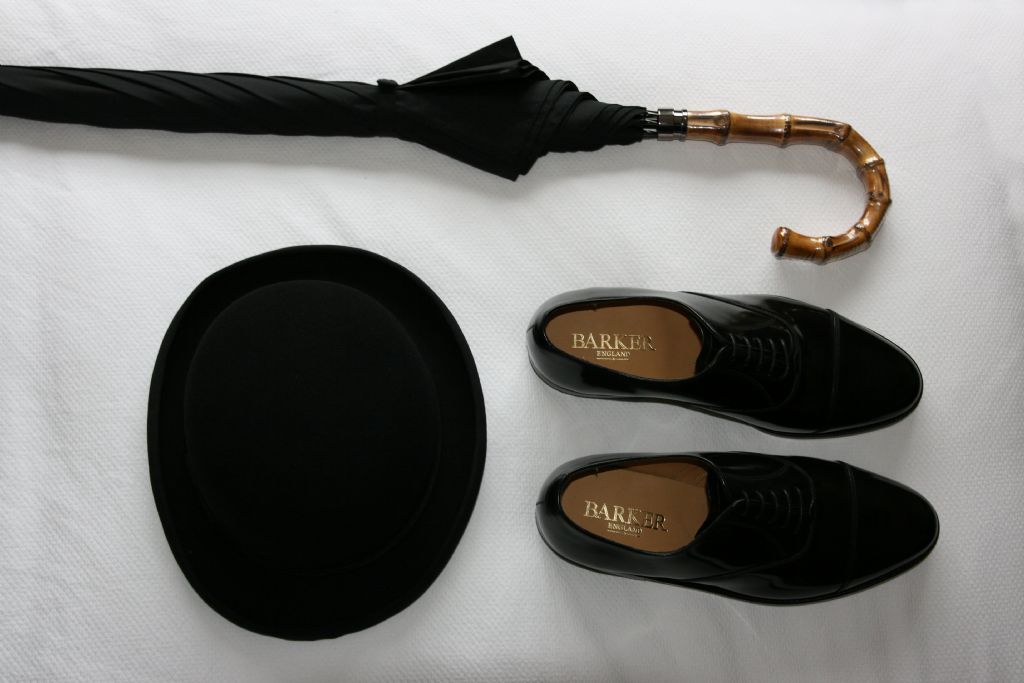Hi,
Thank you all for the flood of comments.
I should probably give a bit more background, and do a spot of maths.
NB: I don't actually have a lathe, I am trying to do all this on a milling machine + rotary table.
The winches are built into a custom-built Chandelier, up to a ceiling with no space above it to mount or fit a conventional winch. The Chandelier needs to be raised and lowered only rarely to change bulbs and for cleaning, so speed isn't important. The winch needs to be low-profile so it can be discretely fitted into the boss of the Chandelier. The Chandelier would be raised and lowered on 3 ropes, so it does not rotate as it does so.
The worm wheels would be horizontal, and the rope would turn 90-degrees over a small diameter pulley to go vertical. The three winch mechanisms all need to fit in a pancake-shaped volume, 600mm in diameter and 70mm thick.
The Chandelier will probably weigh around 30Kg, but I shall cautiously assume 50Kg in the calculations here. The rope used is paracord 550 Type III, which is rated to 250Kg. Three of these ropes will be used, on separate, but synchronised winches. In practice this will spread the loading across the 3 winches, but any single winch should be rated to lift the whole weight. The winches should be self-locking in case of power failure during the raising or lowering. Once at the top, solenoid-operated bolts will secure it safely in position.
NB: Multi-stage Epicyclic (planetary) gears are lovely, but I can't readily cut internal gears (unless you know a way?), they also might back-drive if the power went.
If the winch capstan has a diameter of 50mm, then the torque is 50Kg * 0.025m * G = 12.26Nm
A module 4 worm gear of 50 teeth would have a diameter of 200mm
If the worm wheel has a diameter of 200mm, then the tangential force would be 12.26Nm / 0.1m = 122.6N
A module 3 worm gear of 50 teeth would have a diameter of 150mm
If the worm wheel has a diameter of 150mm, then the tangential force would be 12.26Nm / 0.075m = 163.5N
A module 2 worm gear of 50 teeth would have a diameter of 100mm
If the worm wheel has a diameter of 100mm, then the tangential force would be 12.26Nm / 0.05m = 245.2N
With a single-enveloping worm wheel, this shear-force would be spread out over several teeth. This should tell us what gear materials are suitable, based on the yield-strength of the metal. (The details of this calculation are left as an exercise for the reader). 
Assuming 50 teeth on the worm-wheel, this 50:1 gear ratio means the driving motor needs to apply 12.26Nm/50 = 0.245Nm of torque.
I was planning to use an MFA/ Como Drills 919D148:1 gear motor to drive the worm.
This gearmotor has a maximum torque of 6000g-cm, which is 0.588Nm
Whether this is sufficient will depend upon the worm-drive's efficiency, which depends upon many factors such as the material-interface's friction coefficient, and the tooth geometry. I know that dual-start worms would be more efficient, but as they only give half the gear-ratio, I shall stick to a single-start worm.
To calculate how long it will take to lower the Chandelier, we first take the RPM of the output of the gear-motor, which is 84 RPM, and divide it by 50 to get the winch capstan speed of 1.78 RPM. The diameter of the capstan is 50mm, so the circumference is PI*50mm = 0.157m. Thus 1.78 RPM * 0.157m = 0.279m per minute.
To lower the Chandelier by 3 metres will take 3m/0.279m per minute = 10.7 minutes.
This is slow, but not unreasonable for something that may only happen once every 6 to 12 months.
Best Wishes,
Nick Lee
john carruthers.










